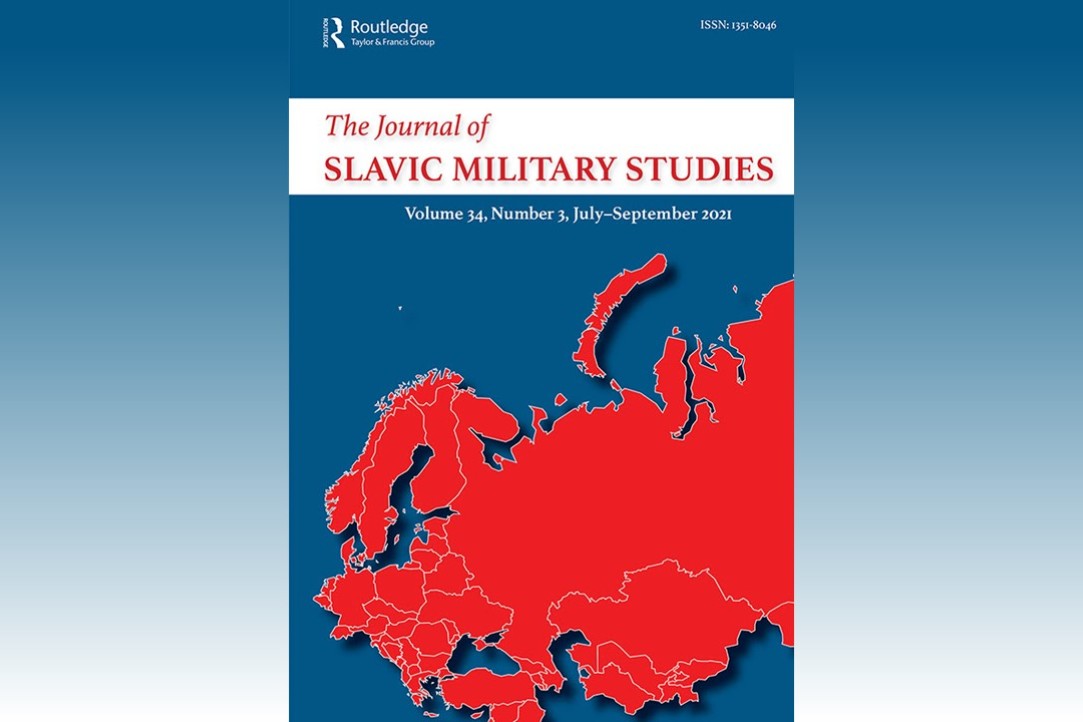To seek vengeance or not? How the Evolution of Revenge Propaganda Occurred in the Soviet Military Periodical Press
The article by Alemzhan Arinov is out in the new issue of the Journal of Slavic Military Studies

This article examines the evolution of Soviet revenge propaganda between August 1941 and April 1945, and argues that it set out to cultivate sentiments of revenge in soldiers’ behavior. Indeed, so successful was this approach that in the final months of the war (February–May 1945) the Red Army’s political departments sought to redefine the concept of revenge as a way to suppress violence. Revenge propaganda started in August 1941, and initially showed a ‘class’ paradigm that distinguished between the concepts of ‘German’ and ‘Fascist’. This changed in May 1942. Demands for revenge became more anti-German, and centered on the publication of materials discussing the atrocities of German troops in the occupied Soviet territories. As the Red Army moved towards the German borders, and during the fighting in Germany (August 1944–May 1945), military newspapers again changed the perspective of revenge. They were instructed to use stories of Ostarbeiters and Soviet POWs about their time in ‘German slavery’ to encourage a desire for revenge on the Germans. In February 1945, the policy of revenge propaganda changed once more, as the desire for retribution threatened the offensive. Revenge was redefined, this time with the purpose of preserving captured property, to prevent arson in German cities, and to curb the number of cases of looting. From April 1945 onwards, military newspapers encouraged military personnel to treat Germans, POWs and civilians, humanely, appealing to their readers to maintain the honor and dignity of the Red Army.
